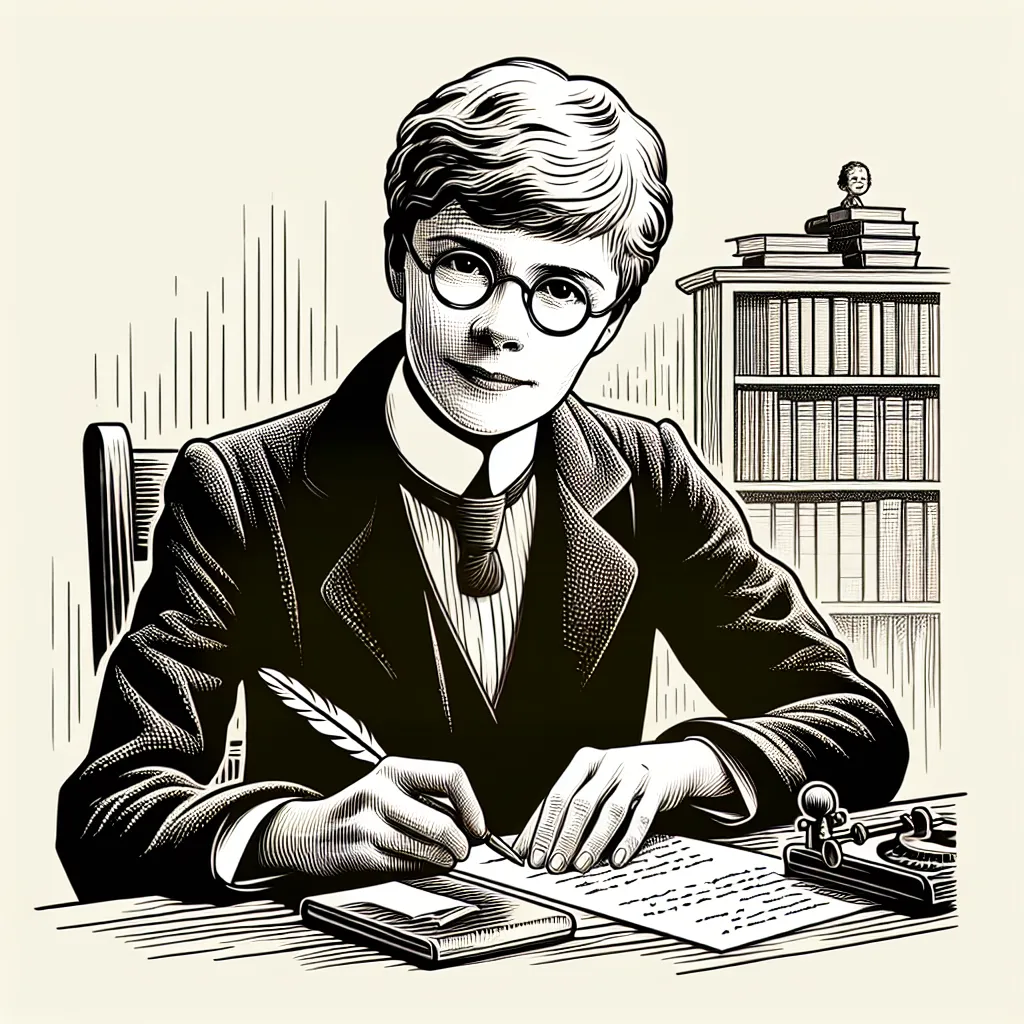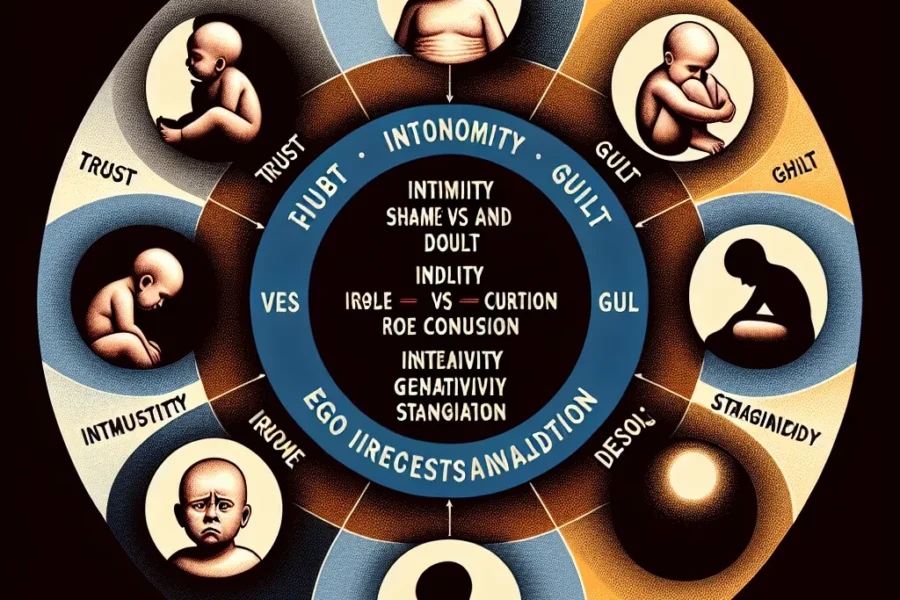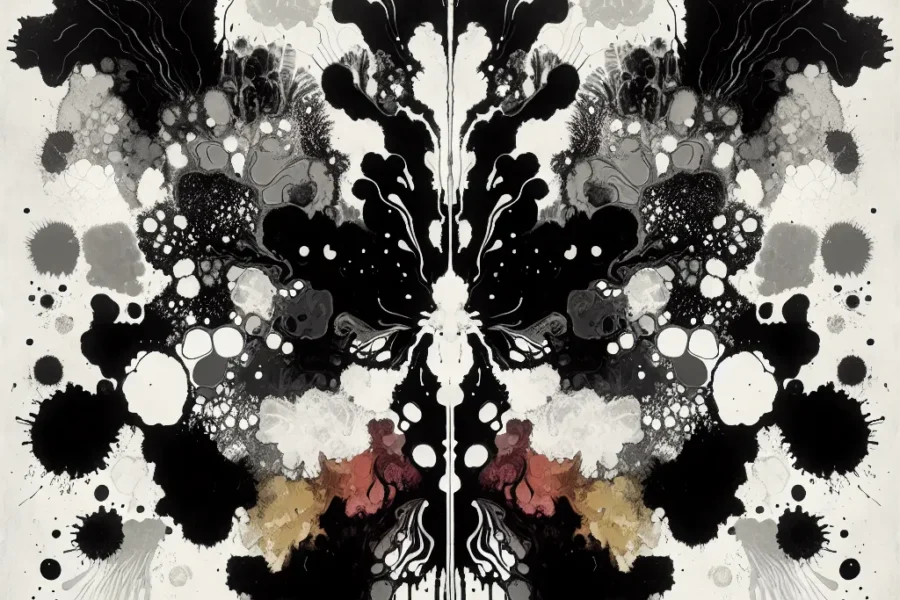Anna Freud: A Pioneer in Child Psychoanalysis
Child psychoanalysis is a field of psychology that focuses on the mental health and emotional development of children and adolescents. One of the central figures in the establishment and development of child psychoanalysis was Anna Freud, the youngest daughter of Sigmund Freud, the founder of psychoanalysis. Her extensive contributions have significantly shaped the way we understand and treat psychological issues in children today. In this article, we will delve into the life and work of Anna Freud and explore how her pioneering ideas have impacted the field of child psychoanalysis.
Born on December 3, 1895, in Vienna, Austria, Anna Freud was the sixth and last child of Sigmund Freud and Martha Bernays. From an early age, she was immersed in her father’s pioneering work in psychoanalysis. While initially interested in becoming a teacher, her path took a significant turn when she entered the world of psychoanalysis. Over the course of her life, Anna Freud made groundbreaking contributions to our understanding of child development and the treatment of children.
One of Anna Freud’s most significant contributions was her work on defense mechanisms—psychological strategies brought into play by individuals to protect themselves from unacceptable thoughts or feelings. Building on her father’s work, she elaborated on these mechanisms in her book, “The Ego and the Mechanisms of Defense” (1936). Her clear description of how defense mechanisms operate in children’s emotional lives provided a critical framework for child psychoanalysis and for understanding childhood anxieties and conflicts.
Anna Freud’s belief in the importance of observing children directly led her to emphasize the role of the environment in a child’s development. She advocated for a nuanced approach that considered the dynamic interactions between the child’s innate drives and their surrounding circumstances. This perspective was instrumental in the evolution of psychoanalytic thought and practice, which began to incorporate more focus on the child’s relational context and real-life experiences.
In addition to her theoretical work, Anna Freud’s practical contributions were momentous. She emphasized the need for specialized techniques for analyzing children, recognizing that they could not be approached in the same way as adults. Anna Freud argued that children’s play was an expression of their unconscious thoughts and feelings, and thus she pioneered the use of play as an essential tool in child psychotherapy. This innovative approach transformed the therapeutic process for children and is still widely used as a core technique in child therapy.
During the Second World War, Anna Freud’s work took a humanitarian turn as she focused on helping children affected by the conflict. Together with Dorothy Burlingham, she established the Hampstead War Nursery in London, which provided care and therapy for children separated from their families due to the war. The experiences and observations from this period led to their co-authored work, “War and Children” (1943), which highlighted the impact of stress and separation on children and emphasized the importance of providing supportive environments to mitigate psychological harm.
Post-war, Anna Freud continued to focus on the welfare of children. She founded the Hampstead Child Therapy Course and Clinic (today the Anna Freud National Centre for Children and Families) in 1952, providing training for therapists and a service for children and families in need. This institution has played a pivotal role in both treating children and in advancing child psychoanalysis through research and training.
Anna Freud’s contributions extended into the realm of education and law as well. Her insights into the developmental needs of children influenced the design and implementation of child care policies and practices. She was a proponent of child-centered approaches in education and was involved in the development of ideas that have since been adopted into mainstream educational practices.
Moreover, she believed that psychoanalytic principles could inform the treatment of children involved in the legal system. Anna Freud’s work contributed to a greater understanding of the ways in which legal procedures and environments can affect a child’s psychological well-being. She emphasized the importance of providing supportive and understanding situations to children throughout legal processes.
Anna Freud’s legacy is one that resonates powerfully in the field of child psychoanalysis to this day. Her dedication to the mental health of children has left an indelible mark on the way therapists, educators, and legal professionals approach the complex needs of young individuals. By focusing on the unique aspects of childhood and the distinct ways in which children communicate and understand the world around them, Anna Freud’s work has provided a foundation for specialized therapeutic approaches that cater to the developmental stages of children.
Her innovative methods and empathetic approach to children’s mental health have made her a central figure in the evolution of child psychoanalysis. Anna Freud’s vision for the field was one of inclusivity and understanding – where psychoanalysis was not just a tool for therapy, but a guiding principle for the healthy development and nurturing of children across various environments.
In conclusion, Anna Freud was much more than Sigmund Freud’s daughter. She was a trailblazer who carved her path in psychoanalysis with a focus on the psychological lives of children. From her theoretical work on defense mechanisms to her establishment of the Hampstead Child Therapy Clinic, Anna Freud expanded the reach and depth of child psychoanalysis and indeed transformed the practice of psychotherapy for children. Her thoughtful and compassionate approach to child psychology continues to inspire and guide professionals across disciplines, leading to more informed and nuanced care for the youngest members of our society.
Today, any discussion of child psychology and therapy is incomplete without acknowledging the profound influence of Anna Freud. She laid the groundwork for a more comprehensive understanding of child development and established approaches that are still core to the practice of child psychotherapy. Her pioneering work in child psychoanalysis stands as a testament to her dedication to the mental health and emotional well-being of children worldwide, ensuring her place as a cornerstone of psychological history and practice.



Leave a Comment